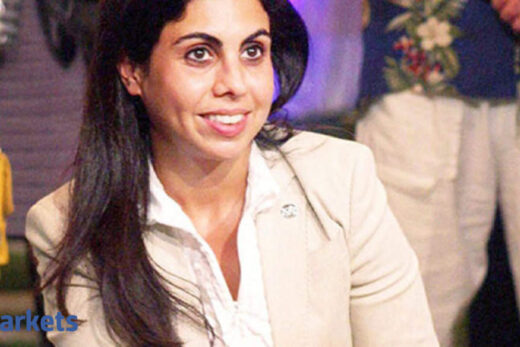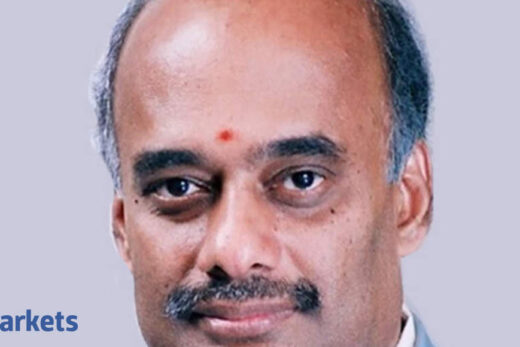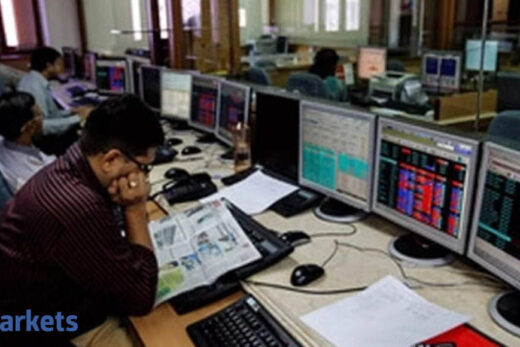What is the impact of the second Covid wave on the luxury retail market?
As always, Indian consumers have surprised us. Intuitive logic said that since the second wave was far more brutal in terms of healthcare, we would expect the consumer recovery or demand recovery to be tepid. It has been quite the opposite. In fact, we now have a bit of a fallback to go by. In the same month last year, we were recovering from the Covid first wave. The second recovery has been astonishingly better. All I can say is fingers crossed. Having said that, we still have 20% of our stores locked down in states like Maharashtra which has not opened up. But wherever they opened up, it is a quite astounding recovery.
I would imagine that at a time like this it is very relevant to innovate as well as to pivot in order to keep up with these changing trends. What is it that the company is doing to remain relevant because you are saying that consumers are still interested in the luxury retail market?
Well more than interested. As I said, unlike last time, we are even seeing children and the elderly coming back to malls. Distance selling continues to be a powerful engine for us. It is something that we invented last year. It is not shopping through physical footfalls, it is not e-commerce in the classic sense. We effectively connect with customers on Zoom chats, through Whatsapp chats, video chats, etc, and showcase products which are lying at the store and recreate the theatre that we do at the store, especially in luxury, high-end retailing through a virtual selling process followed through with the merchandise going to people’s homes on a trial basis. That continues to do well.
Last one year, there was an over-indexation of digital play. We are now in the early stages of trialling what is called live streamed commerce. It is popular in China especially e-commerce where we generally get a celebrity influencer for a short burst of time. We very often do limited edition merchandise through live stream commerce. We are also seeing reopening of pop-ups which earlier used to be called trunk shows. Pop-ups are a step further than what typically are trunk shows. These are not permanent stores but rather they pop-up in and out of cities and venues. We are also doing a lot of cross selling.
Just last week in Ahmedabad, in White Crow Store, which is a very high-end store, we tied up with a lady called Aditi Dugar who owns Sage & Saffron to do a pop-up kitchen at a high-end fashion store. It was a new concept and a huge success. In fact, she virtually ran out of most of her food items. We plan to repeat it in Hyderabad, Chandigarh and some other cities.
I want to get a big picture view on which segments are doing well and where are you seeing more growth or momentum given that most people are still sitting at home?
The new phrase is trapped customers. We are looking at trapped customers. This time there is no Dubai or Maldives to escape to unlike the last time. Again like last year, we are seeing the best momentum in bridge to luxury products. Our first line luxury brands continue to do exceedingly well. The new spring summer 21 merchandise has been lying in stores. It had come in just as the second lockdown happened. So customers are lapping that up. We usually push out the end of season sale to sometime in August. We still have six weeks or thereabouts for that to happen.
Strangely unlike last time, our children’s category products — Mothercare, Hamleys etc are showing very good traction. Last year, that had really suffered. Categories such as footwear continue to be very tepid in terms of their growth and I think footwear is the only section which is suffering a bit. We are also finding that both within men’s and women’s wear, the trend is more towards comfort wear rather than athleisure.
Within India, which are the markets that perhaps are performing better? Also, do you see any increase in number of customers from tier two, tier three cities?
Mumbai, Pune — two big markets in Maharashtra continue to remain closed. Delhi is leading the way as expected. Hyderabad is far behind. Chennai opened just a few days ago. But as always, small town India continues to surprise us. Chandigarh is doing very well. We use our travelling pop up concepts to reach out to those customers other than through our online channels. Ajio
, one of our key multi-branded luxury online portals, is doing very well and we realise that we should constantly look at customers within the tier two and tier three towns. Although I do not like pursuing that risk, we should look at that customers with fresh eyes and fresh specs.
Small town customers have two things that generally the customers in the bigger cities do not have. One is time. 6 pm-7 pm shopping on a weekday evening in a town like Chandigarh would be 2x of what could happen on a weekend in Delhi. They have time and their disposable purchasing power is much higher given the fact that cost of rent, cost of living overall, maybe education is much lower and of course there is no travel cost.
Unlike last time, we are also seeing preponement of marriages. Last time, most marriages were getting postponed due to Covid. People are reconciling to a potential third wave and overall, it is looking far far better for the industry.
Do you believe that it is going to be very difficult for some of the small players to survive?
In the mid to high end of the market, consolidation has already started happening a while ago. If at all, the marginal players have been impacted. But there is a big shift there. There is a whole category of great Indian design talent who have been catering to occasion shopping, bridal shopping and things like that. Their supply chains have been hit, they have not also possibly created other more robust channels of accessing their customers. It has always been personal selling, retail client dealing in a physical sense.
I believe that consolidation will start happening and we have seen smatterings of some corporate investments happening there. It is a very good challenge. We will come out stronger.
Share with us a little bit about how India is different or similar in trends that can be seen across some of the global retail giants in the luxury space.
There are more similarities than differences. One clear similarity is that people are gravitating towards products which “in their own minds” are more timeless. In this era of grab and go fast fashion, wear and throw trends will take a pause. People are more and more conscious about environmental sustainability. Fashion is one of the most polluting industries all over the world. There are some stunning shocking statistics out there.
The second reason is that people also want to “invest” in this category so whether it is a good leather bag or a shoe or a cashmere jumper — they want it to last. So there is an overall move towards more timeless things.
The other common trend is that more youthfulness is coming in fashion. In India also, the sneakerisation of fashion continues.
Countries like China and India are still reeling from the absence of tourist traffic and lockdowns and economic challenges. People are using luxury to celebrate special occasions in India as they remain huddled in smaller bubbles. These are the common trends. There is a clear trend towards premiumisation of the Indian consumer.



